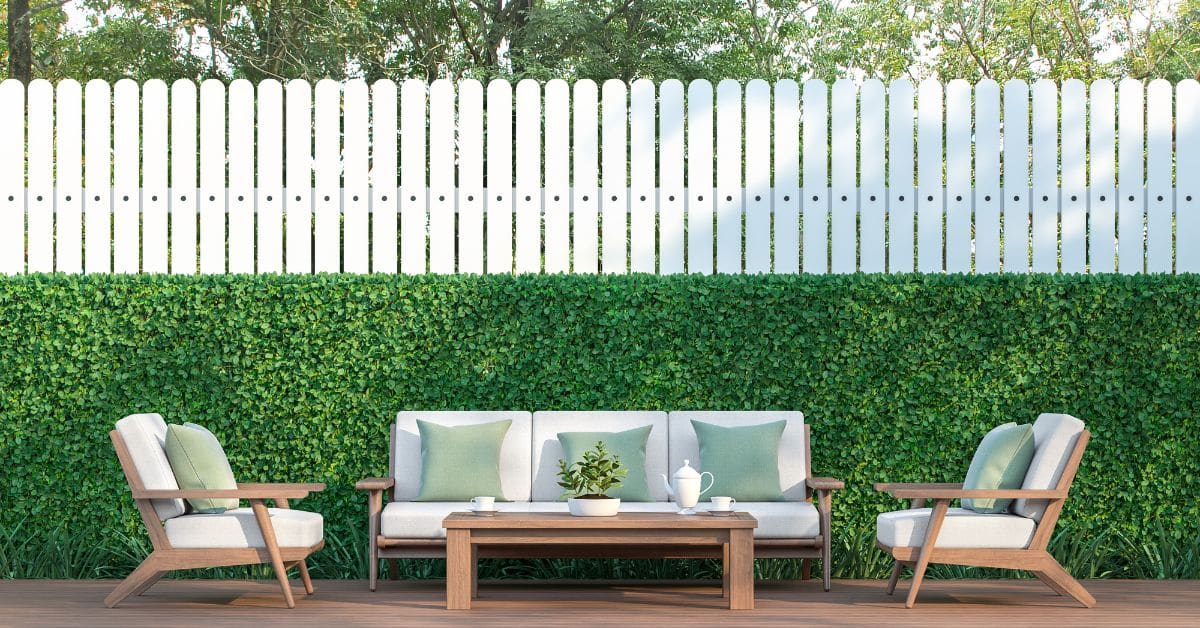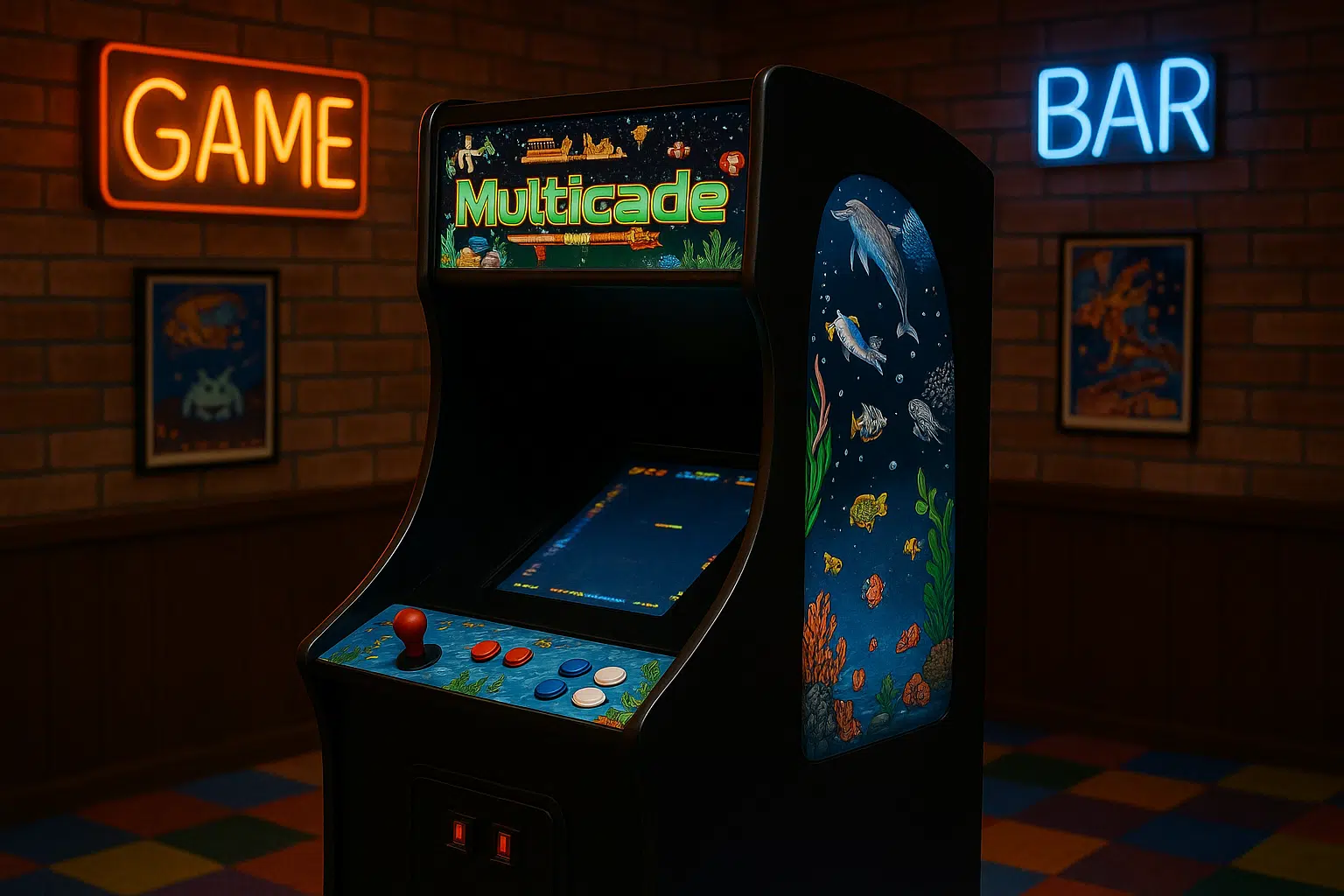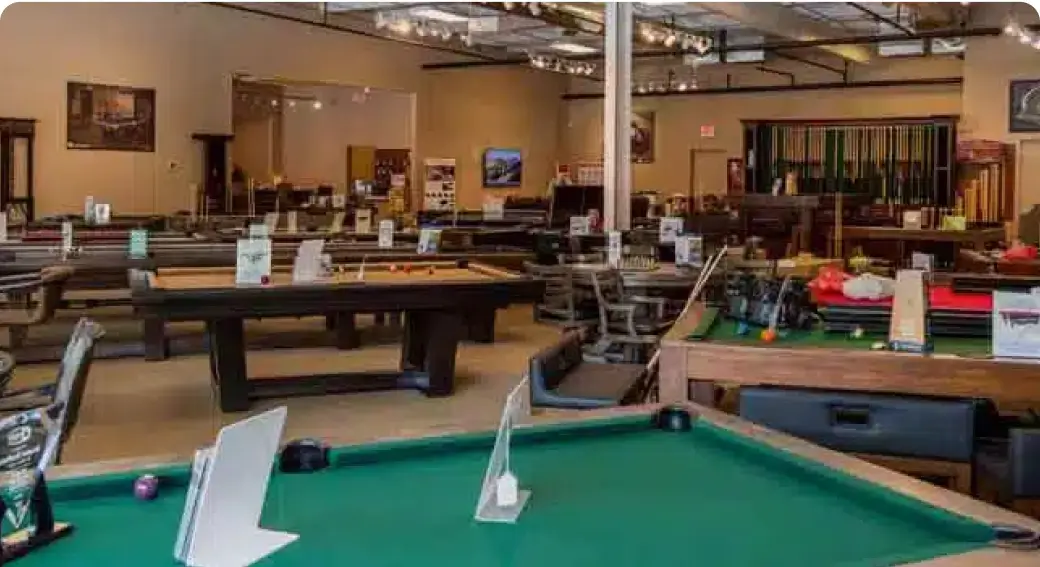Embarking on the journey of adding a ping pong table to your home often leads to the question, “What’s the best ping pong table size for me?”. While the array of table sizes offers flexibility, the real challenge lies in harmonizing the chosen table size with your available space.
This guide is designed to help you navigate the nuances of ping pong table size, ensuring you make informed decisions about fitting the table comfortably and stylishly into your recreation area.
The Basics: Table Size and Play Area
Regulation Play requires use of a ping pong table that is 2.74m long and 1.525m wide (a 9ftx5ft table). The table height must be 76cm (2.5ft) from the floor.
The ITTF handbook also states that the playing space/room should be rectangular and a minimum of 14m long, 7m wide, and 5m high (a 45x23x16 foot room). Professional players use a good deal of space around the table to move freely and make their shots.
While you will only need a little space at home to play a great game of table tennis, you want to have enough space around the table to play comfortably and develop your skills. You should also have even more room to entertain friends and family who want to watch!
So, how much space do you need for your ping pong table?
Consider the height of your players. When you play table tennis, you want to move your arm and the paddle freely, even when standing at the corners of the table. To accommodate most adult players (averaging 6ft tall), you really need an additional 3-6 feet (1-2m) of space around all sides of the table.
That means the ideal room for your ping pong table is a minimum of 19ft long and 11ft wide (approximately 5.75×3.5m). If you intend on purchasing a smaller ping pong table or converting your pool table with a table tennis top, add 10 feet to your table’s length and 6 feet to your table’s width to determine the room size you will need. In size terms, you can think of it as your home sauna room equipped with an Amerec sauna heater since it’s also of similar dimensions.
Indoor Ping Pong Tables: Space Considerations
Room Dimensions
Start with a room that’s at least 11x19ft or 10ft longer and 6ft wider than the ping pong table you are considering.
Next, look around for light fixtures, ceiling fans, large pieces of furniture, and doors that swing open into the area around your ping pong table. Again, consider the entire playable area and not just the table’s dimensions. A sharp corner from a bookshelf or a ceiling fan with a light could cause problems for players, even around the perimeter of the space.
If there are any lamps or light fixtures above or around the table, ensure enough room between the tabletop and the bottom of the light fixture for the ball to bounce. A regulation table is supposed to have the ping pong ball bounce 23cm (9in) high when dropped from 30cm (approximately 12in) above the tabletop.
Plus, you’ll need to consider the space needed if a player is leaning across the table to make a shot. Ensure you have at least 3ft (90cm) between the tabletop and the bottom of a light fixture or at least 5.5ft (approximately 1.75m) from the floor to the bottom of a light fixture.
And remember that table tennis at home is a form of entertainment for everyone! Many people like to gather around a game to watch, cheer, and wait for their turn. Consider where spectators will sit and stand, making sure they have enough room to be comfortable without getting in the players’ way.
Single-Player Space
Many indoor ping pong tables have a playback feature, meaning one side folds up to allow a single player to practice. Check to see that your room is tall enough and that you have clearance to allow for the extra height required for the playback position. Generally, you will need about 6ft (2m) from the floor to use the playback position. Again, consider ceiling fans, light fixtures, and any windows or artwork in the way of your ping-pong table.
Maximizing Small Spaces
In smaller living spaces, accommodating a ping pong table requires creatively using available rooms. Selecting a compact or foldable table can be a great solution, allowing for easy storage when the table is not in use. Utilizing multi-purpose areas like a living room or garage for your ping pong setup ensures that the space serves various functions, depending on your needs.
Strategic placement, such as near walls or in corners, can also maximize play area while minimizing the table’s footprint. Even limited spaces can be transformed into an enjoyable ping-pong zone with thoughtful planning.
Storage
Many table tennis tables fold up to 5ft wide, 6ft tall, and 2.5ft deep (1.5x 2 x.75m) for storage. If you plan on pushing your indoor table against a wall or other furniture, check that space for obstacles, such as doors that need to open, light fixtures, or artwork on the walls.
Outdoor Ping Pong Tables: Space Considerations
Space Dimensions
Start with a space at least 11x19ft or 10ft longer and 6ft wider than the ping pong table you are considering with moving company.
Then, consider all the features and obstacles inside and around the playable area. The space where the table will go should be level (if it isn’t, you may want to find an outdoor ping-pong table with adjustable legs). The terrain inside the playable area should also be even so players are safe as they move around.
Remember to look up! Are there trees or awnings above you that could interfere with the ball’s bounce or a player’s movements? You want at least 3 ft of clearance above the tabletop (5.5ft from the ground) throughout your space.
Add a few extra square feet to make room for family and friends who want to hang out and watch a game or wait for their turn.
Outdoor Safety
If you plan to put your outdoor ping pong table on an elevated deck with railings, stairs, or other hazards, ensure plenty of space around your table. Your players will be safest if none of these hazards are in or near the playable area.
Also, think about hazards around your game space. Where will you have to go to retrieve a loose ball? Are there drains, roads, retaining walls, etc., where you could lose your ball? Or a garden you want to protect? Depending on your outdoor space, consider purchasing a table tennis barrier, which helps keep balls inside of the play area. These are about 2.5ft tall and 6.5ft long (73 cm x 200 cm).
Safety Tips for Families
Consider these updated safety best practices to ensure a safe and enjoyable ping pong experience in family homes, especially those with children. Choose tables with rounded corners to reduce the risk of injury from sharp edges, a particularly important consideration for young children. Ensure that foldable tables have robust locking mechanisms to prevent unintended collapsing, enhancing safety.
Additionally, using non-slip pads under table legs is essential for maintaining stability during games. Always store ping pong balls and paddles securely and out of reach of small children to avoid choking hazards. Finally, always supervise children during play to ensure they use the ping pong table safely and responsibly. These measures help create a secure and fun environment for family ping-pong activities.
Playback Position and Storage
Suppose your outdoor ping pong table has a playback feature. Your space will need to be able to accommodate the extra height. You’ll need about 6ft (2m) from the ground to use this mode. You’ll also need that extra height when storing your table. If you plan on pushing your folded table against a wall, check the total wall area (6ft high by 5ft wide by 2.5ft deep) for obstacles such as windows, doors, light fixtures, downspouts, etc.
Space considerations for doubles games:
For four adults to compete comfortably in a doubles game, you’ll likely need more than the 19x11ft playing space, especially in the width of the ping pong table. Consider a room or area that’s closer to 14x19ft.
Whatever size recreation space you have, there is a ping pong table that will work for you. Let us at Greater Southern Home Recreation help you find it. Call us today at (678) 240-0007.





















